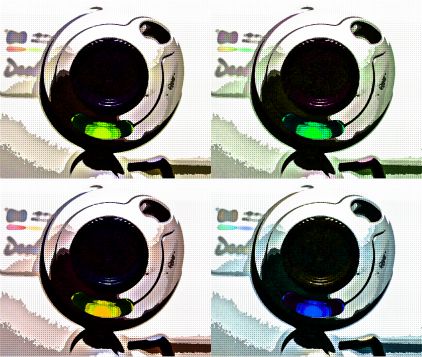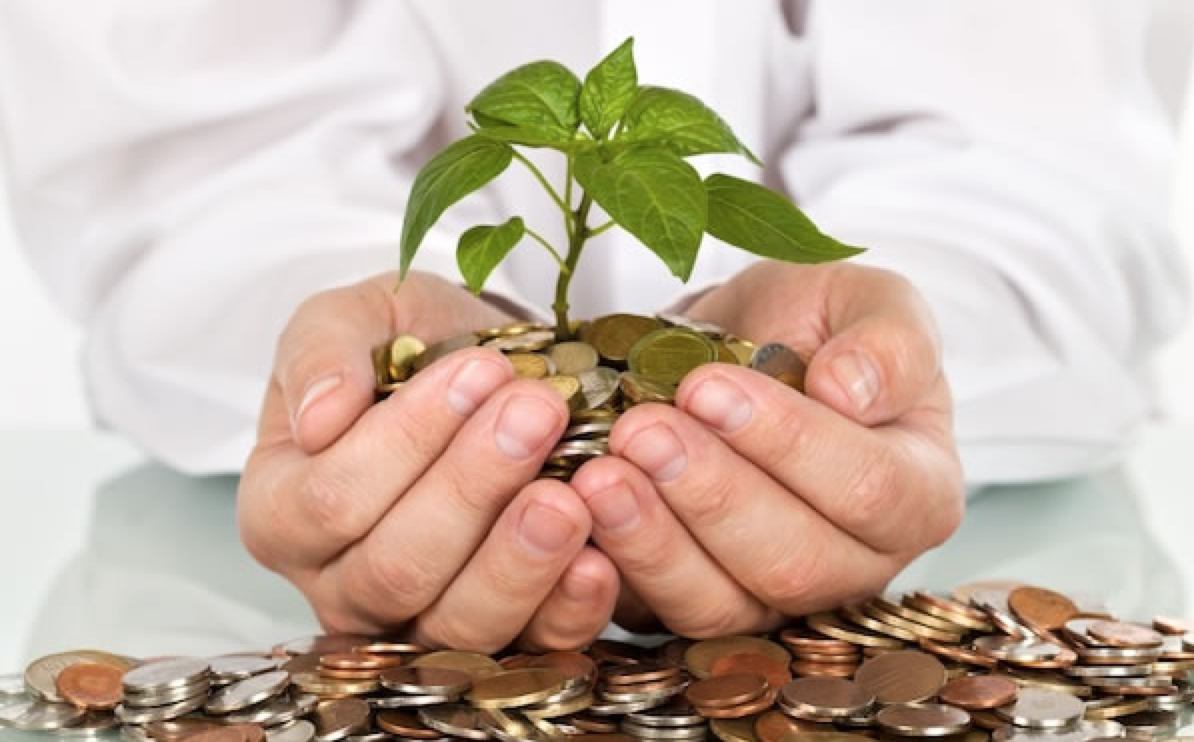Social media has made it a simple task for great customers to bad mouth the brands they’ve become loyal to (when they would otherwise let some things slip through the cracks). This creates a double-edged sword, giving companies equal power to point out the not-so-rational customers that attempt to taint their reputation.
Michaels Schrage of Harvard Business Review writes:
“Accountability and transparency cut both ways. There’s no questions that consumers have more power than ever before to call attention to bad products, services, and experiences. But it’s equally true that companies also have greater power to call attention to bad customer behaviors. That may be a powerful incentive for better behavior”.
There’s no telling why some customers choose to bad mouth your company when you sincerely haven’t done anything wrong. Maybe they had a bad day. Maybe they just crashed their car or recently got laid off. Maybe someone working the drive-thru decided to hold the cheeseburger and only give them two buns and a pickle . Whatever it may be, your business ended up taking the brunt of their emotional wreck, and they decided to write a nasty review about your business and share it with as many friends as possible.
The fact of the matter is businesses can’t become completely entranced under the “customer is always right” spell; sometimes, the customer is wrong, and their warped view of what they should have experienced can cause severe repercussions to your brands integrity, so how do you deal with it?
One way is to point the finger back in the direction it came from.
Don’t take this the wrong way. No business should create a blacklist of unruly customers or post the names and details of horrific customer complaints. Burning your customers at the stake is a dangerous game, and the captain usually goes down with his ship. But it doesn’t mean that business can’t utilize certain mechanisms that can “push” customers towards better behavior before leaving a dirty social media post.
Uber, a fast growing taxi cab service, let’s drivers rate their customers and customers rate drivers. The Uber Client website doesn’t expose the ratings the client was given, and a driver confronting a customer about their previous rating is considered a major offense. Uber can then use this information to reward their excellent customers by accessing the database and sending them promotions and rewards coupons.
Insurance companies do the same thing. Progressive’s Snapshot gives customer discounts for safer driving habits. The device plugs into the car’s diagnostic port and automatically keeps track of driving habits, such as how often you slam on the brakes, how many miles you drive and how often you drive between midnight and 4 a.m. And almost all car insurance companies have a database of prior accidents you were at-fault for. The more at-fault accidents you have, the higher the insurance quote is.
This customer-rating practice has also been around for decades in the realm of renting. Most landlords will run a credit check to see if you’ve stayed on top of your payments and also require contact information for other landlords to ensure you were on your best behavior when leasing from them. The same goes for car rental agencies and the global finance sector. Everyone knows that they’ll be intensely scrutinized when applying for a loan or credit card.
Some hotel chains make it virtually impossible for bad-behaved customers to get any sort of discount rate when booking a room. They keep records showing your infliction upon the fluidity of the business, and have chosen to push you away instead of embrace your neediness. If you’ve been a bad customer when staying at a particular hotel chain, pay attention next time you try to get a discounted rate when staying the night. It probably won’t happen.
Some sites have surfaced that allow business owners and managers to rate their customers and actually add their names to a blacklist. These sites allow them to file a report on customers and enter them into a database of notoriously troublesome customers. This may be a bit drastic, but it may not be too far away from the actually reality of what companies should do to advertise their case.
The point is that many companies are already rating their customers, so why shouldn’t you? The rise of big data has allowed us to collect a gamut of statistics on customer trends and behaviors. Practically anything can be measured, and negative, unjustifiable social media posts can be easily integrated into the category of customer feedback and responses. This data can be use to categorize customers and find new ways to deal with them as a whole.
But it doesn’t mean that we need to treat bad customers poorly. We all know that the cost of bad customer service is higher than usual, and it costs six to 10 times more to attract new customers than to keep an existing one.
What it does mean is that we can celebrate good customers and advertise their good behaviors through social media outlets. Posting a picture of a loyal customer receiving a surprise dessert or an item from a new product line on Instagram or Facebook could cause a major shift in how your customers view and treat your business. It shows them that you’re aware of their behavior, and that good behavior equals VIP treatment. This should at least be motivation for unruly customers to change their behavior.
It’s a very simple theory. Just think about it: Are you a regular at some restaurant or bar in your neighborhood? Do you consistently respect the employees and the establishment? If so, you’ve probably received some sort of benefits, whether it be in the form of free drinks, immediate seating or discounted bills.
Be sure to make it known that your company monitors and respects customers, and people will realize that your business is just as human as they are.
Trevor Micklow is a business writer and content curator based out of Chicago, IL. US. He specializes in digital strategies, social media, psychology, executive education and business school related topics. He has been working and coordinating the general content of IntelligentHQ’s business school directory, which gives key information and programme details on the top business schools in the world. He has a BS, Psychology from Central Michigan University.































